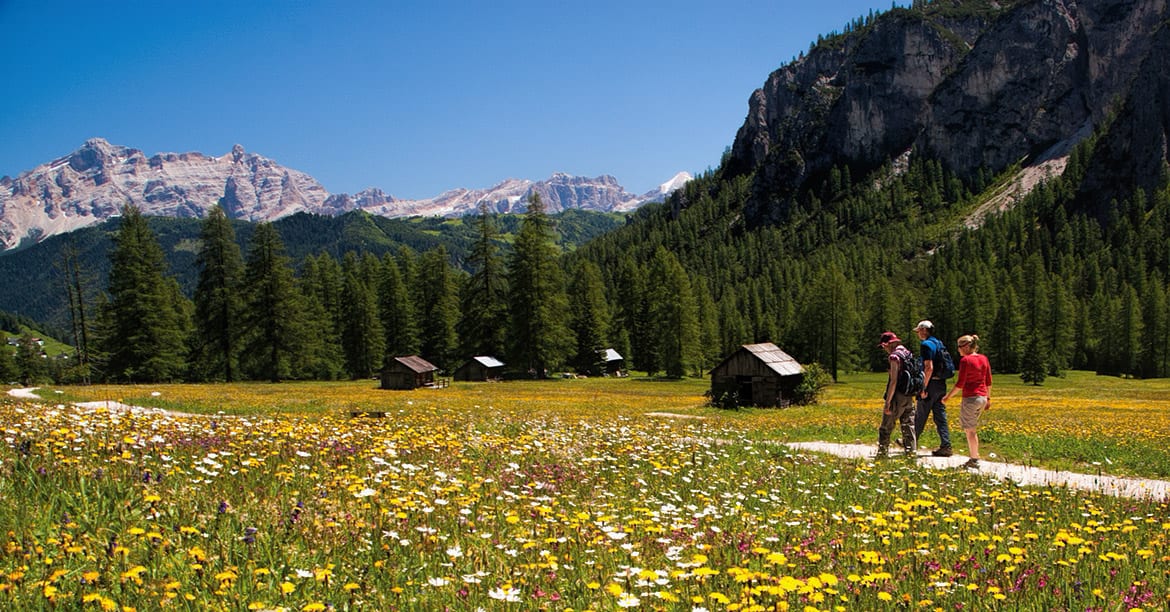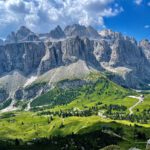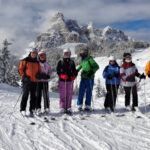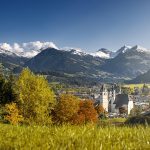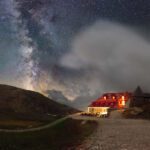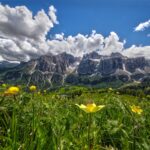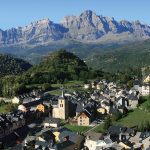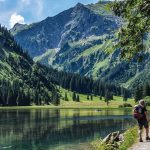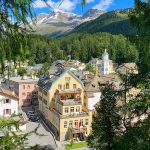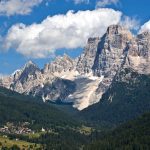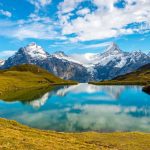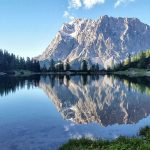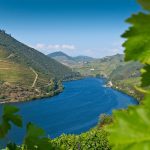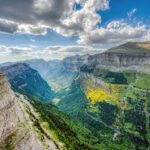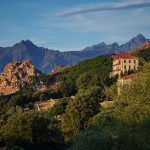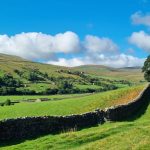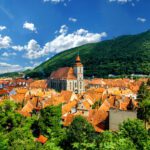Collett’s Mountain Holidays has been delivering specialist walking holidays in Europe for 3 decades, and in this article, I dwell on the best time of year to visit the Dolomites with a primary focus on hiking. Significantly, my memory has never let me forget a cloudless late September day in 1998 when I circuited the iconic Tre Cime in perfect conditions. Everything was right that day: the light, the temperature, the solitude and the spellbinding rock formations with colours fired up by the sun’s autumn trajectory. Any hiker would have felt a sense of paradise.
But, whilst September is a clear favourite of many hikers, does this make it unquestionably the best month to hike the Dolomites? What if you like to mix your walks with, say, casual botany? September does not necessarily cut the mustard for hikers, who love their flora. When a hiker ponders the best time to hike the Dolomites, the options are June, July, August, September or October. But hikers have a variety of priorities, which make certain months better than others.
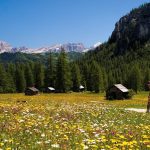
Walking in the Dolomites in June

You have to love June for its phenomenal floral splendour. Invariably, June hosts much of the 4-week period when we witness a ludicrous explosion of colour, which punctuates easy and intermediate walks with a joyous dimension that rivals the sensational mountain backdrops. I’ve seen grown men reduced to tears by the floral intensity of June. On our alpine flower holidays in the Dolomites, it was normal for a small group to take an hour to go 50m, such is the volume of rare and vivid species. For many casual walkers it is one of life’s great pleasures to walk among the exquisite and profuse flowers here, and June is the time to do it. Flora habitats vary from vivid upland meadows teeming with orchids, to rocky outcrops where countless alpine gems thrive in the most perfect of settings.
A carefully selected walk in June is an opportunity to bear testimony to some of the most renowned floral sites in the Alps, such as the Bindelweg, Belvedere, the Sella massif, and the Val Gardena. By early June, the pastures are smothered in startling colour: the yellows of the arnicas, geums and poppies; the pinks, reds and mauves of the soldanellas, daphnes, primulas and rhododendrons. The stunning blues of campanulas and gentians, and in its high mountain home, the King of the Alps, Eritrichium nanum. People often ask me “how long do I need to hike the Dolomites?” It is impossible to answer this question, but if you have any botanical tendencies, make sure you add an extra month or two!
You can find more information about the Dolomites in June, here.
Dolomites Walking in July
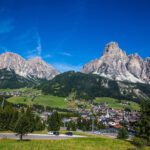
July is a great time to hike in the Dolomites and this is when higher level adventurers unleash themselves on the trails that traverse the rocky reaches of startling massifs. Residual snow from the winter has receded and high-altitude trails become accessible at a time when many of the great 3000m peaks remain snow-capped. This adds a classic picture-postcard alpine backdrop to every trek. Furthermore, the flower season continues well into July and there is still a stunning intensity of flora, especially at higher altitudes. As the flower season fades in mid to late-July, farming families are permitted to cut the meadows. This will be the first cut of three during the season and it adds immense charm to a walk to see 3 generations of one family on a distant hillside scything and gathering in the hay. It is one of the iconic sights of a July day in the mountains and it oozes charm, tranquility and a sense of times gone by when life was slower.
Another key advantage of July is that the weather becomes more settled, even if thunderstorms occasionally provide a memorable spectacle in the odd late afternoon or early evening. I like these, and I will often seek out a sheltered vantage point to watch the speed and drama of the changes in cloud formation, which happen before your eyes as stair-rods bounce off the ground.
Finally, although July is a combination of mid and high season, the villages are not thronging like they can be in mid-August, and it is actually easy to get off the beaten track on amazing walks that are not too frequented. Our walking holidays in the Dolomites are always busy from mid-June to late July because the positives of this period clearly outweigh the negatives.


Hiking the Dolomites in August

August is often slated for being too busy and too hot. Whilst, it can get busy, with traffic regularly at a standstill in village centres and parking spaces at passes and popular trailheads at a premium, this mayhem (basically the Italian National Holiday) only lasts from August’s first weekend until its third, and for those who enjoy hustle and bustle, is ideal. In its favour, it is a time of great colour and cultural activity, and frankly, whilst local trails can be busier, it is still quite easy to beat the crowds by selecting higher, remoter itineraries. Even then, just when you think you are alone, you turn a corner to find a 50-strong male choir mid-song in a natural rocky arena. It is fabulous, and everything that’s good about Italy.
Do you know what ‘passeggiata’ is? If not, come to the Dolomites in August when the main thoroughfare of every village is closed to traffic in the early evening, so that Italian families and friends can simply walk, talk, sit on benches, and browse shops, many dressed in their smartest holiday outfits, as bars serve pre-dinner aperitifs. It’s a delightful feature of being here in August, not to mention the vintage car rallies, concerts, and a host of other folkloric events.
The focal point of high season is the catholic festival called ‘The Assumption of our Lady;’ locally it is referred to as ‘Ferragosto’ meaning mid-August. Accommodation in Corvara is at its peak in this period. By the 20th August, the area reverts to normal high season, before adopting a mid-season feel from early to mid/late September.
Is September the best time for hiking in the Dolomites?
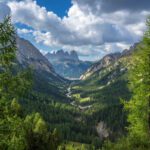
It is hard to think of any disadvantages to hiking in the Dolomites in September and I have probably saved the best ‘till close to the end of this piece. In September the world is the hiker’s oyster: the hustle and bustle of high season has faded and all trails are quieter, but not deserted; the weather promises to be stable, offering ideal temperatures for energetic day hikes; and until at least the third weekend of the month, the rifugios are open, local services are up and running, and the villages provide life and atmosphere.
In the upland pastures, less colourful during August, autumn crocuses thrive to enchant late-season flower-lovers, without rivalling, however, June and early July’s vivid profusion. Also, September is the first month when walkers can benefit from the sun’s new angle, slightly lower in the sky, which intensifies the pinks and reds in the uniquely coloured rock, often creating a spellbinding sunset phenomenon called the ‘Enrosadira’ when the rockfaces appear to be ablaze. Consequently, September is a month that attracts photographers and artists, who come to capture arguably the world’s most photogenic mountains in the best possible light.

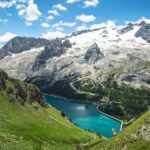
Can you hike the Dolomites in October?

I was initially hesitant about including October in the original list of best months to hike in the Dolomites. However, in terms of pure hiking, it can really deliver. The weather in the Dolomites can be very stable, indeed fabulous, between summer and winter, and cloudless autumns are quite common. Snow is highly unlikely to hinder itineraries like it can in May or even June. October’s problem is its low season status, even if conditions are perfect for hiking. Rifugios are often closed, as are chairlifts and gondolas. Sleepy villages lack the welcoming buzz and vibrancy of mid and high season with many of their hotels, bars and restaurants closed.
Nevertheless, hikers who crave the solitude of low season, with careful planning and their own transport, can absolutely thrive on circular itineraries, inspired by deserted trails, mindboggling backdrops, and intense autumn colours, enriched by a lower sun. Let’s revisit October in a few years, because, with climate concern based on winters receding, hotels and other tourism suppliers are actively looking for ways to extend conventional summer holidaymaking into the autumn months.
Walking Holidays in the Italian Dolomites.
Collett’s Mountain Holidays has a stunning range of walking holidays in the Italian Dolomites, whether you fancy the flexibility of our centre-based holiday in Corvara, where you are free to choose day-to-day the length, altitude and difficulty of your walks; or you fancy one of ourself-guided hut-to-hut adventures, where we will get you right off the beaten track with overnight stays in spectacularly located mountain lodges, known locally as ‘rifugios.’
Take a look at a selection of our options below, or view all of our walking holidays in Italy, here.
